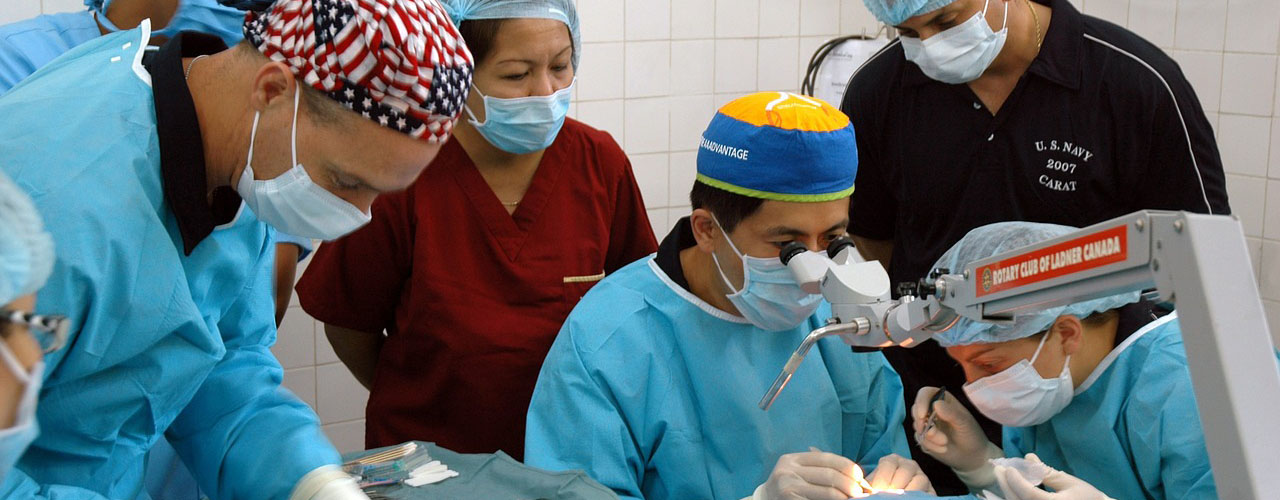Deep vein thrombosis (DVT) is a serious medical condition that occurs when a blood clot forms in a deep vein, usually in the leg. It can be life-threatening if the clot breaks off and travels to the lungs, causing a pulmonary embolism. Recognizing the signs and symptoms of DVT is important for early diagnosis and treatment. Common signs of a blood clot in the leg include swelling, pain, tenderness, and redness in the affected area. Other symptoms may include warmth in the area, discoloration of the skin, and a feeling of heaviness in the leg. If you experience any of these symptoms, it is important to seek medical attention right away.
What Are the Early Warning Signs of a Blood Clot in the Leg?
The early warning signs of a blood clot in the leg can vary from person to person, but some of the most common signs include swelling, pain, tenderness, and warmth in the affected area. Other symptoms may include a feeling of heaviness or tightness in the leg, a reddish or bluish discoloration of the skin, and a visible vein that appears larger than normal. If any of these symptoms are present, it is important to seek medical attention immediately.
Blood clots can be dangerous and can lead to serious complications if left untreated. If a blood clot is suspected, a doctor may order tests such as a Doppler ultrasound or venography to confirm the diagnosis. Treatment for a blood clot in the leg typically involves anticoagulant medications to prevent further clotting and to reduce the risk of complications. In some cases, surgery may be necessary to remove the clot.
How to Recognize the Symptoms of Deep Vein Thrombosis (DVT) in the Leg
Deep Vein Thrombosis (DVT) is a serious medical condition that occurs when a blood clot forms in a deep vein, usually in the leg. It is important to recognize the symptoms of DVT in order to seek prompt medical attention and prevent further complications.
The most common symptom of DVT is pain or tenderness in the affected leg. This pain may be localized to one area or may be felt throughout the leg. Other symptoms may include swelling in the affected leg, warmth in the area of the clot, and a change in skin color, such as redness or discoloration.
It is important to note that not all people with DVT will experience all of these symptoms. Some people may only experience one or two of the symptoms, while others may not experience any symptoms at all. If you experience any of the above symptoms, it is important to seek medical attention immediately.
In addition to the above symptoms, it is important to be aware of any other changes in your health. If you experience any shortness of breath, chest pain, or difficulty breathing, it is important to seek medical attention immediately. These symptoms may indicate a pulmonary embolism, which is a potentially life-threatening complication of DVT.
If you experience any of the above symptoms, it is important to seek medical attention immediately. Early diagnosis and treatment of DVT can help to prevent further complications and improve your overall health.
Conclusion
In conclusion, deep vein thrombosis (DVT) is a serious medical condition that can have life-threatening consequences if left untreated. It is important to be aware of the signs and symptoms of DVT, such as swelling, pain, and discoloration of the skin in the affected area. If you experience any of these symptoms, it is important to seek medical attention immediately. Early diagnosis and treatment can help prevent serious complications and improve your overall health.



